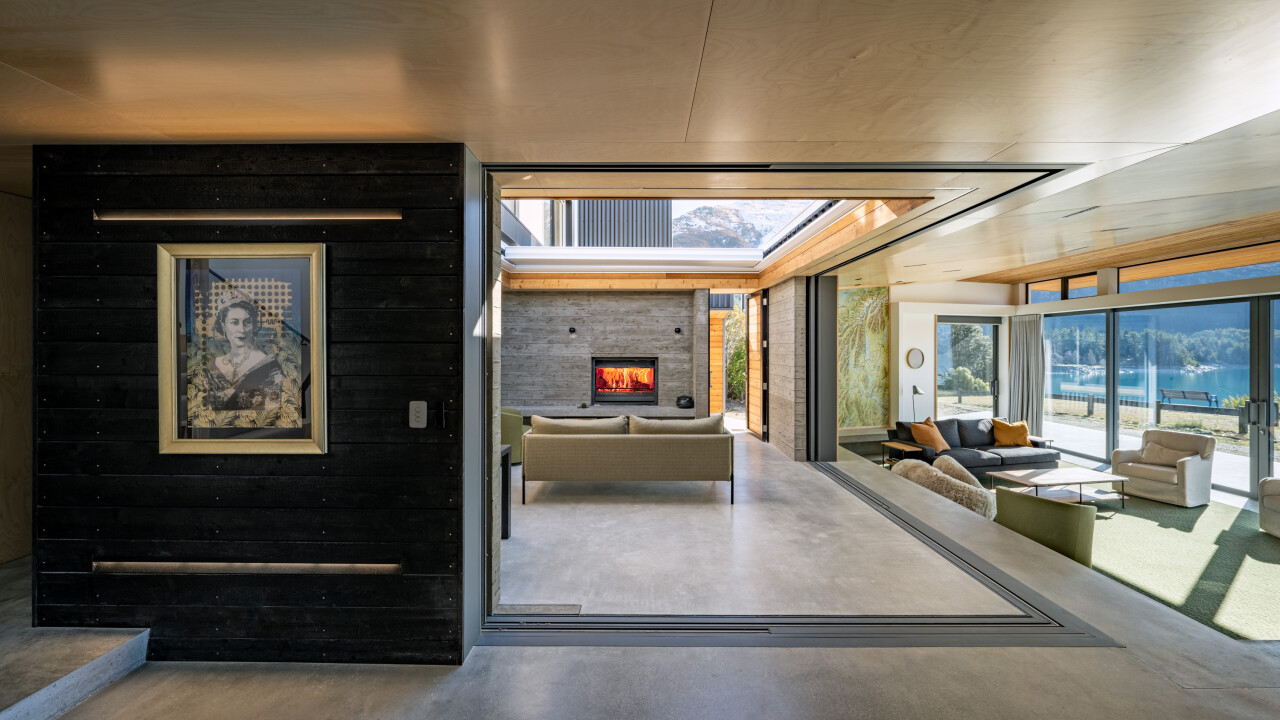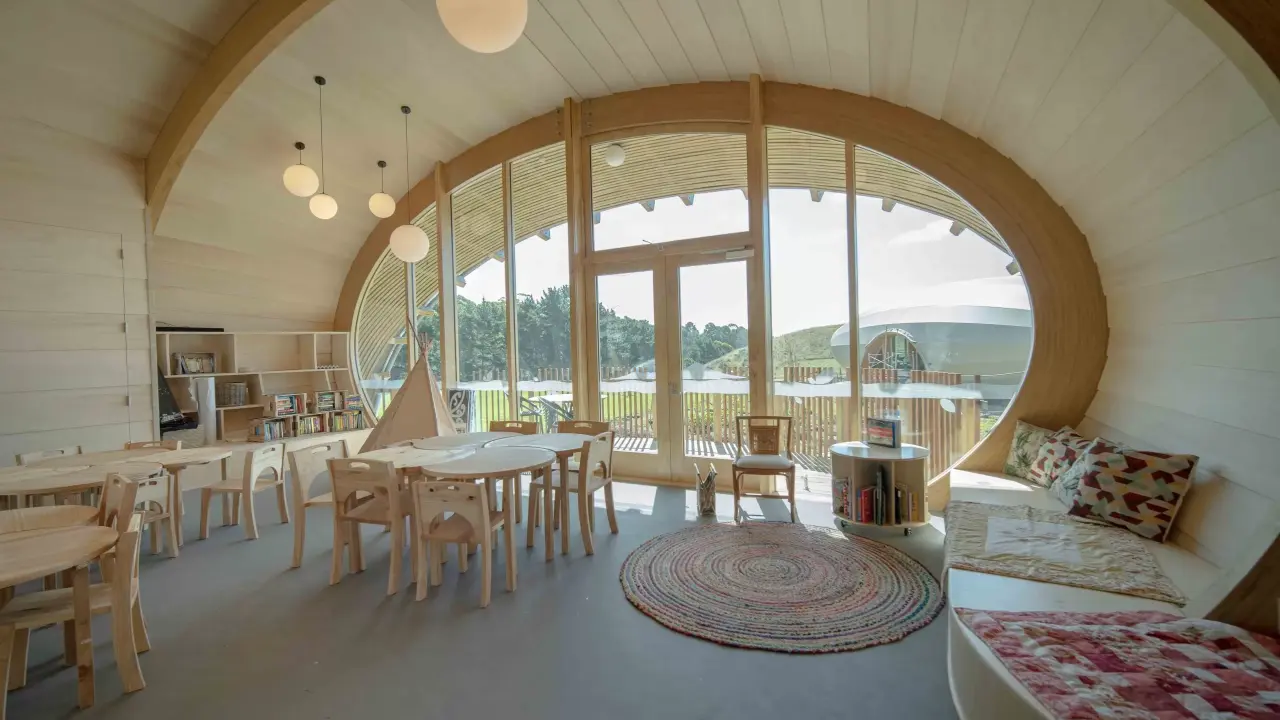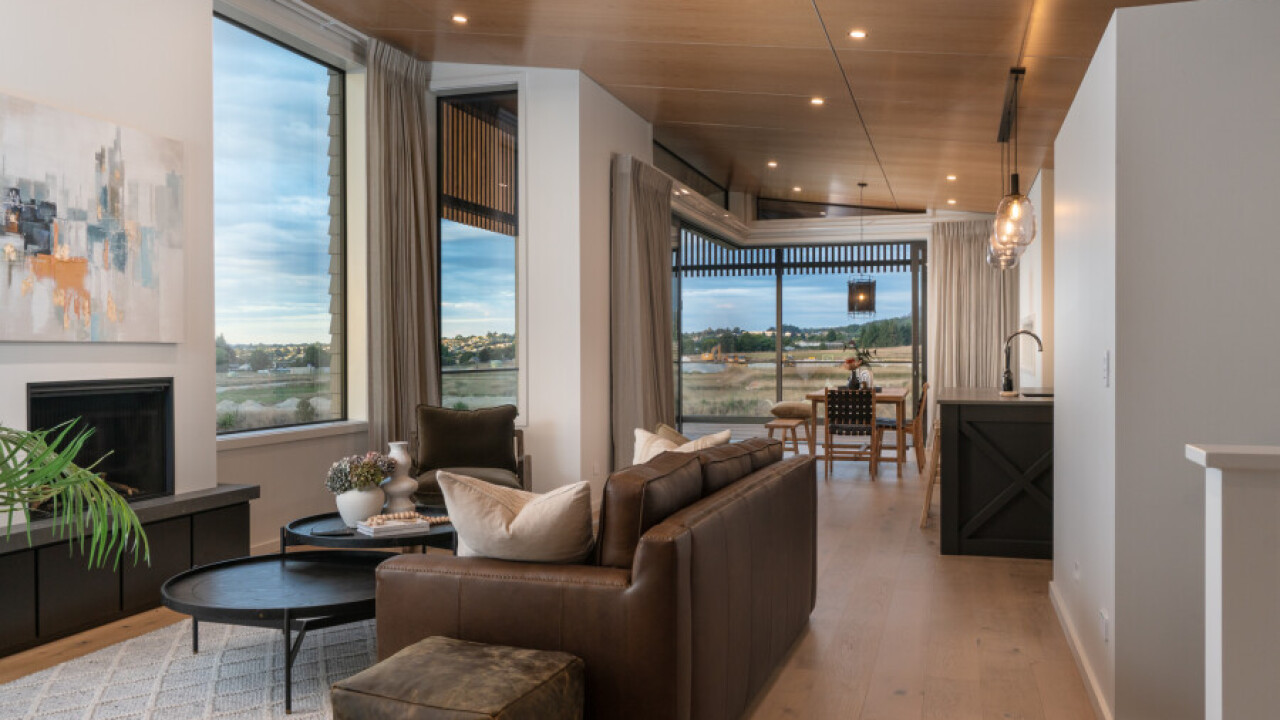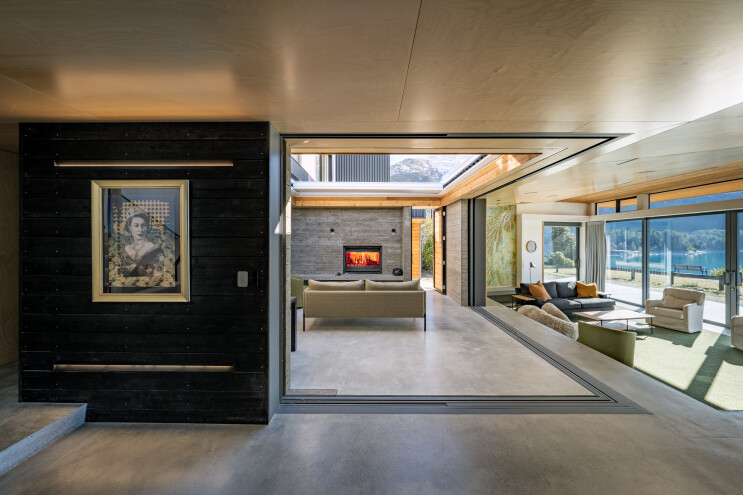
Our ply allows this Lake Hawea home to harmonise with its natural surroundings
Plywood is a popular choice for sustainable design because it’s a natural, tree-grown product unlike many composite materials that rely on synthetic inputs and energy-intensive manufacturing. Its strength, durability, and renewability make it an inherently sustainable option for interiors.
As architects and designers place increasing focus on sustainable materials, it’s important to consider not just how a plywood product looks and performs, but how it’s sourced and manufactured. From forestry practices to emissions and waste reduction, here are some of the key markers of a more sustainable plywood product.
Sustainable forestry and sourcing
Sustainable plywood that is made from responsibly harvested timber supports forest health and long-term environmental balance. We know that architects look for FSC or PEFC certified products which indicate that the wood has come from managed forests. Here at Plymasters we work with mills that operate under these responsible forestry practices. If your project has a specific certification requirement, talk to us about sourcing options.
Our Radiata Pine panels are grown locally in New Zealand, where plantation forestry is well regulated and sustainability is a key part of industry practice. We also supply Euro Poplar which is plantation-grown in Spain, a region with a long history of responsible poplar cultivation and strong environmental oversight.
The type of timber and where it’s grown also influences sustainability. Softwood species like Radiata Pine are typically plantation-grown in countries like New Zealand, Chile, and Spain, offering strong environmental credentials. Hardwood species often sourced from Southeast Asia can still be sustainable but are subject to stricter government permitting and usually require formal certification.
If your project has a specific certification requirement, talk to us about sourcing options that align.
Low formaldehyde emissions
Formaldehyde levels in plywood vary depending on the adhesives used. For healthier indoor environments, specifiers often choose products that meet E0 or E1 emission standards. We offer a range of low-emission options, including Pureply, uses formaldehyde-free glue and is ideal for cabinetry, wall linings, and other applications where indoor air quality matters.
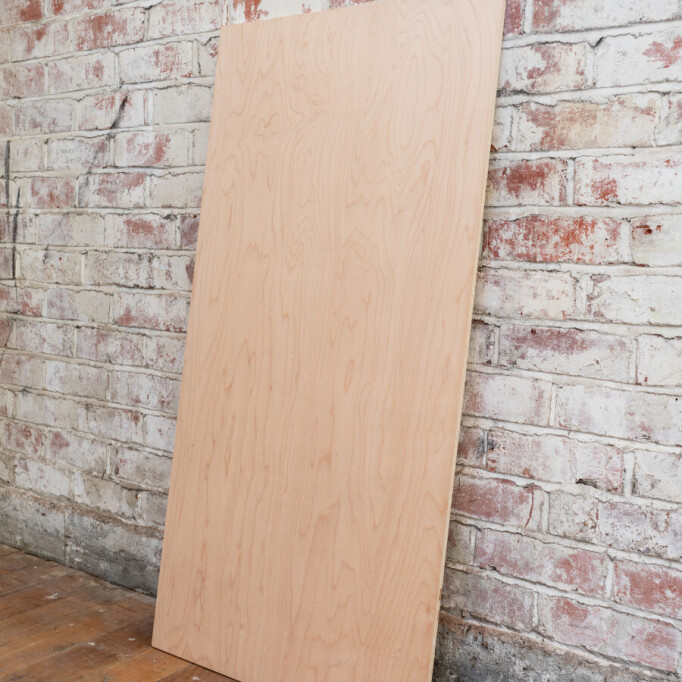
Our formaldehyde-free Pureply
Reducing waste and improving efficiency
Efficient use of materials plays a role in sustainability. Plywood’s strength and stability make it a practical choice for reducing waste in joinery and fit-out work. Our range includes sheet sizes and thicknesses that help you optimise panel yield and minimise offcuts.
Choosing a product that aligns well with your design also reduces the need for additional layers or finishes, further improving efficiency. Our range of sheet sizes and thicknesses helps you optimise panel yield and minimise offcuts.
Choosing durable products that last
Sustainable design is about more than how a product is made, it’s also about how long it lasts. Plywood is durable, repairable and easy to refinish, making it a smart long-term choice for both residential and commercial interiors.
If you’re working on a project with sustainability targets, we can help you select the right product based on performance, aesthetic and environmental impact. Contact us for advice on your next project.
